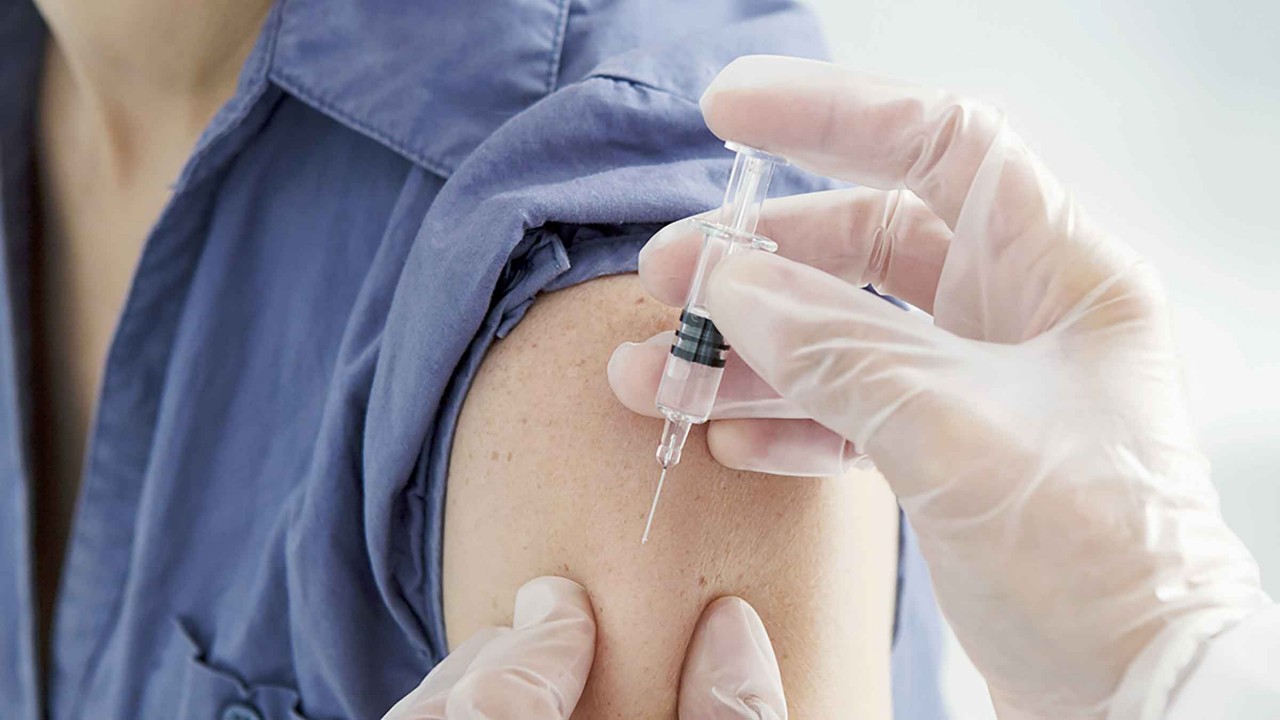50 or over? Why you may want to consider the new shingles vaccine
Imagine if the slightest breeze or the touch of a bed sheet caused excruciating pain on your head, shoulder or side. What if you also had a fever, chills or an upset stomach? That’s what shingles, a painful, blistering rash, can be like for some people.
Nearly one out of every three people in the United States will develop the disease in their lifetime, according to the Centers for Disease Control and Prevention (CDC). The risk for people over 50 is especially high, and it goes up with increasing age.
The good news is there is a way to help reduce your risk of shingles. The CDC now recommends that healthy adults 50 years and older receive Shingrix®, a vaccine approved in 2017.

Cause and complications of shingles
Shingles isn’t contagious in the way we think of the cold or flu. Instead, shingles erupts from the same virus that causes chickenpox, the varicella zoster virus (VZV). After a chicken pox infection ends, this virus becomes dormant or inactive within the body. Anyone who has had chickenpox can later get shingles if the virus reactivates. Scientists are unclear why this happens.
A bout of shingles typically occurs in a single stripe on one side of the body, often the torso and less often the face region, and generally lasts from two to four weeks. Around 10 to 13 percent of people who develop shingles continue to suffer for many years from the debilitating nerve pain of post-herpetic neuralgia (PHN), according to the CDC.
Other potential shingles complications include vision loss, hearing problems and even, in rare cases, blindness or death, the CDC said.
The only way to help reduce your risk of developing shingles and its aftereffects is to get vaccinated.
What’s different now?
The CDC describes Shingrix as the preferred shingles vaccine. Its protection has been shown to last longer than the older shingles vaccine. It also can be administered as early as age 50. The other shingles vaccine, an older version called Zostavax®, is administered to people 60 and older.
Shingrix is more than 90 percent effective at preventing shingles. Effectiveness stays above 85 percent for at least the first four years after you receive the vaccine, according to the CDC.
What else to know about the vaccine
- There is a high demand for Shingrix, so check with your pharmacy or doctor’s office to see if they have a supply. You may be placed on a waiting list.
- Shingrix comes in two doses, spaced two to six months apart.
- If you’ve already had shingles or received the Zostavax vaccination previously, you should still consider getting vaccinated to help prevent another bout of shingles and its complications, according to the U.S. Department of Health and Human Services.
Check with your health insurance provider or Medicare about whether the cost of this new vaccine is covered under your plan.